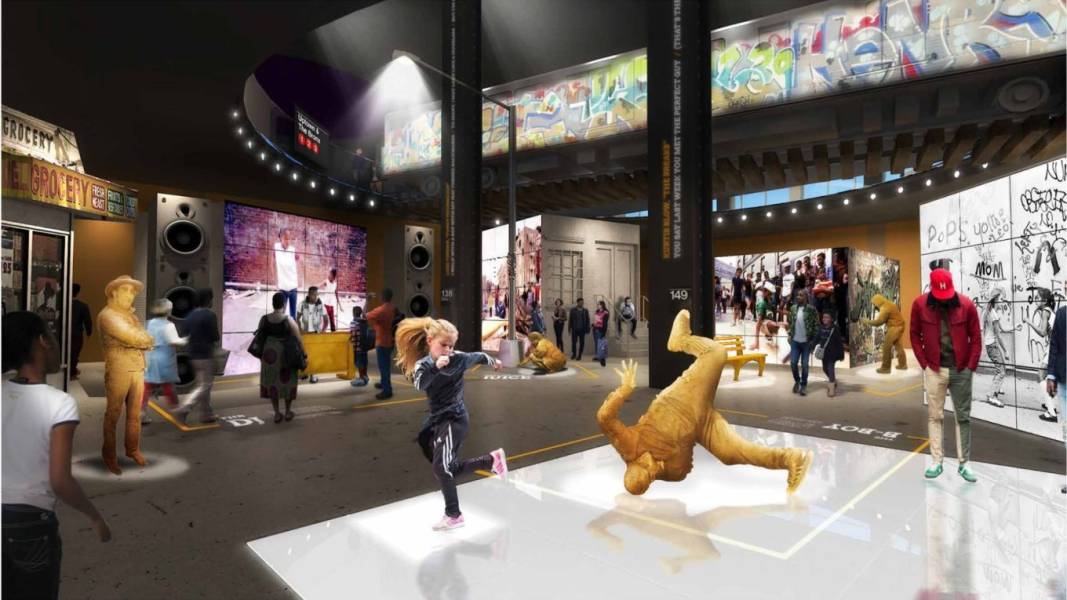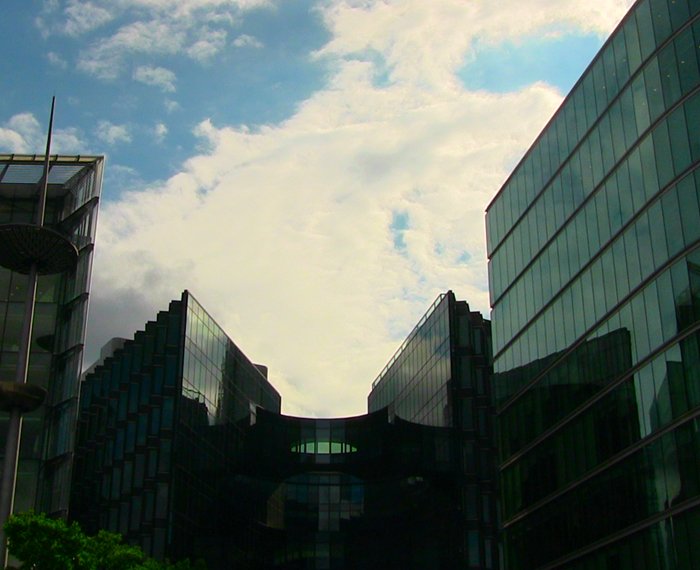Generative art has become increasingly popular in recent years, with many artists and designers embracing this innovative and cutting-edge medium. Makio135, a popular generative artist, teamed up with Iconic Moments, a leading digital art platform, to create a new collection for the Universal Hip Hop Museum.

In recent years, digital art has exploded in popularity, with artists and collectors alike embracing the medium’s unique possibilities. One of the most exciting developments in the world of digital art is the rise of generative art, a form of art created using algorithms and computer programs.
Generative art has already made a significant impact in the art world, but its potential extends far beyond the realm of traditional art exhibitions. In fact, generative art may be the key to building the digital museums of the future.
Generative art: A immersive tool
Digital museums offer numerous advantages over traditional brick-and-mortar institutions. They can reach a global audience, are accessible 24/7, and can showcase artworks in ways that would be impossible in a physical space. However, creating a digital museum is not without its challenges. One of the biggest obstacles is creating an engaging and immersive experience for visitors.
This is where generative art comes in. Generative art can be used to create interactive exhibits that respond to visitors in real-time. These exhibits can be customized and personalized, providing visitors with a unique and memorable experience. Additionally, generative art can be used to create dynamic visualizations of complex data, making it easier for visitors to understand and engage with the information being presented.
The Iconic Moments, Makio135, and the Universal Hip Hop Museum partnership
The partnership between Iconic Moments, Makio135, and the Universal Hip Hop Museum marks a ground-breaking moment in the art world, bringing together two of the most exciting art forms of our time: graffiti and generative art. The new collection, which is set to release in Q1, will feature a series of beautiful generative artworks inspired by graffiti and street art.
Makio135, also known as Lionel Raddision, is best known for his H?r? collection on Art Blocks, which is widely regarded as one of the most stunningly beautiful generative art collections ever created. When Iconic Moments began searching for an artist to partner with the Universal Hip Hop Museum, Makio135 was the clear choice. Chris Cummings, CEO of Iconic Moments said:
“We knew that Makio135 would be the perfect fit for this drop and would be the ideal artist to create a beautiful generative art collection based on graffiti and street art,” said a spokesperson for Iconic Moments.”
The Universal Hip Hop Museum was founded by Rocky Bucano and several influential artists, including Nas, LL Cool J, and Ice T, with the goal of preserving and celebrating the history of Hip Hop music. The museum’s collection includes rare artifacts, photographs, and memorabilia from some of the biggest names in Hip Hop history, including Run-DMC, Grandmaster Flash, and Public Enemy.
The addition of a generative art collection to the museum’s permanent collection is a significant step forward in the museum’s mission to showcase the evolution of Hip Hop culture and its impact on art and society.
The future of generative art
One of the most exciting developments in generative art is the use of artificial intelligence (AI) and machine learning. AI algorithms can analyse vast amounts of data and generate art based on that information. This opens up a whole new world of possibilities, allowing artists to create works that respond to real-time data or use machine learning to evolve and adapt over time.
As technology continues to advance, we can expect to see even more innovation in this field, with new applications and possibilities emerging all the time. From AI and VR to blockchain and democratization, the possibilities for generative art are truly limitless.

Founder Dinis Guarda
IntelligentHQ Your New Business Network.
IntelligentHQ is a Business network and an expert source for finance, capital markets and intelligence for thousands of global business professionals, startups, and companies.
We exist at the point of intersection between technology, social media, finance and innovation.
IntelligentHQ leverages innovation and scale of social digital technology, analytics, news, and distribution to create an unparalleled, full digital medium and social business networks spectrum.
IntelligentHQ is working hard, to become a trusted, and indispensable source of business news and analytics, within financial services and its associated supply chains and ecosystems




























